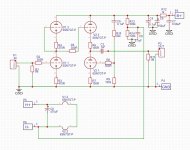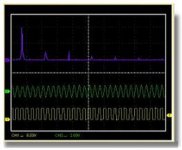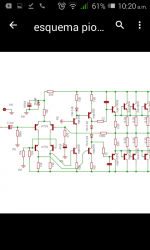Pioneer Ke-4444 revival
This thread is going to be about the KE-4444 I bought in case the KE-1818 was dead. Unfortunately when I plugged the KE-4444 into my car, it did not turn on.
Without a wiring diagram, diagnosing it is going to be rather difficult. It is exhibiting the same symptoms as the KE-1818 did. No lights, no display, no nothing. I am hoping that it at least shares the same microcontroller as the KE-1818.
First step is going to be taking it apart and checking the silk screen to ensure pioneer didnt pull some sort of shenanigans and change the wiring between the two. If thats not the case, check for power at the switch. If thats good, check the microcontroller for power and signal (if its the same as the other unit).
If I cannot figure out the issue from there, I will need some help. I will do my best to take pictures of the boards. The KE-4444 has more boards in it (riser cards / daughter boards?) than the KE-1818 did.
Without a wiring diagram, diagnosing it is going to be rather difficult. It is exhibiting the same symptoms as the KE-1818 did. No lights, no display, no nothing. I am hoping that it at least shares the same microcontroller as the KE-1818.
First step is going to be taking it apart and checking the silk screen to ensure pioneer didnt pull some sort of shenanigans and change the wiring between the two. If thats not the case, check for power at the switch. If thats good, check the microcontroller for power and signal (if its the same as the other unit).
If I cannot figure out the issue from there, I will need some help. I will do my best to take pictures of the boards. The KE-4444 has more boards in it (riser cards / daughter boards?) than the KE-1818 did.
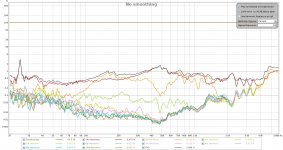
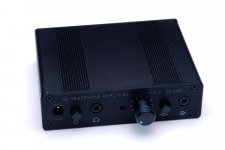
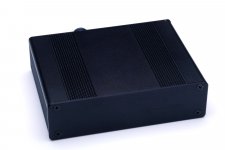
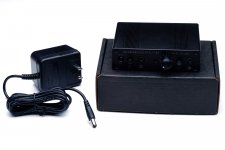
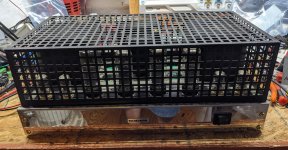


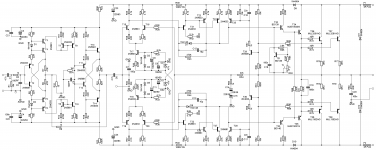


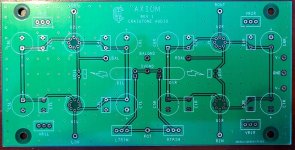
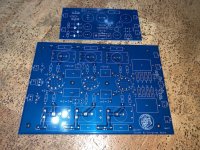
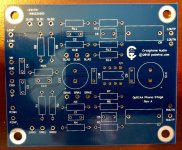
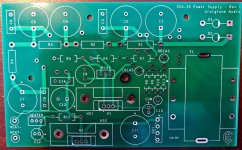
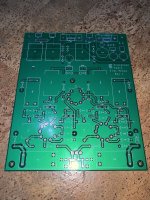
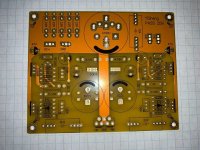
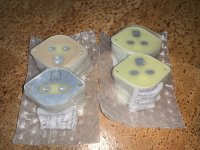







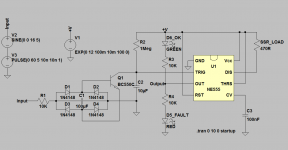
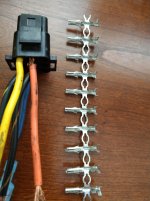
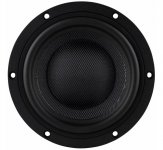
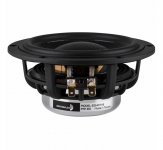

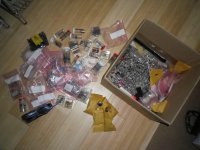
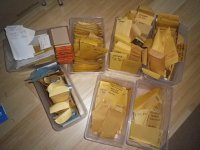
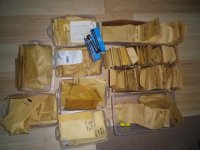
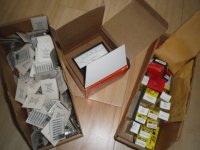
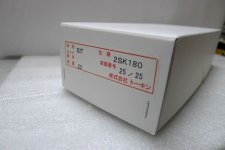
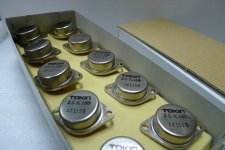
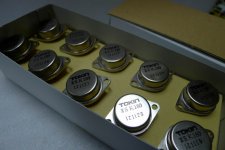
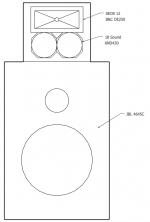

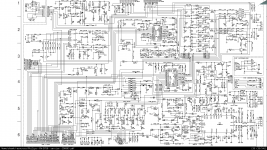
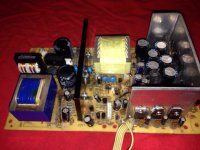
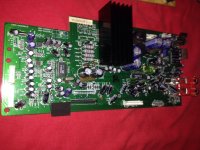
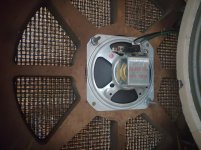
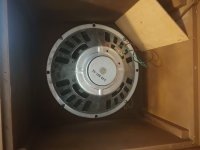
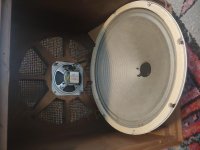
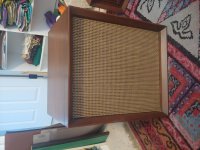
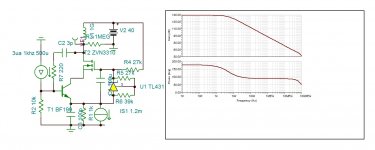
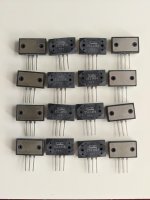
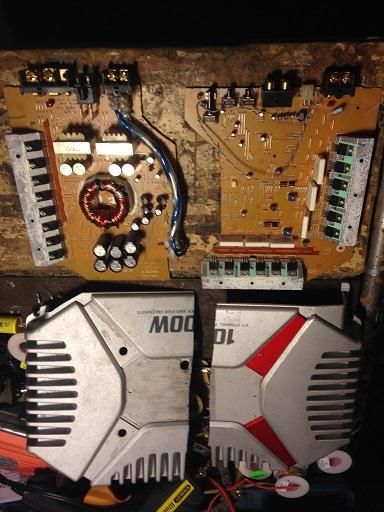
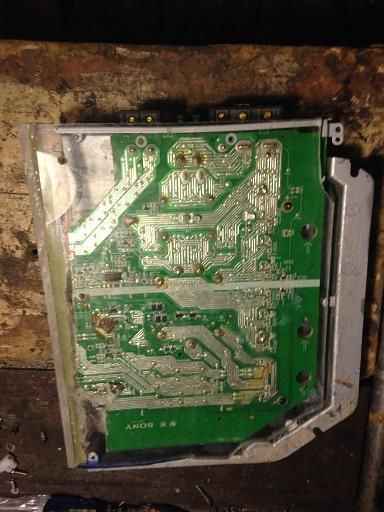
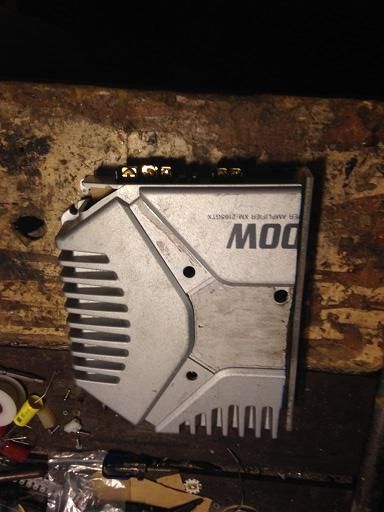
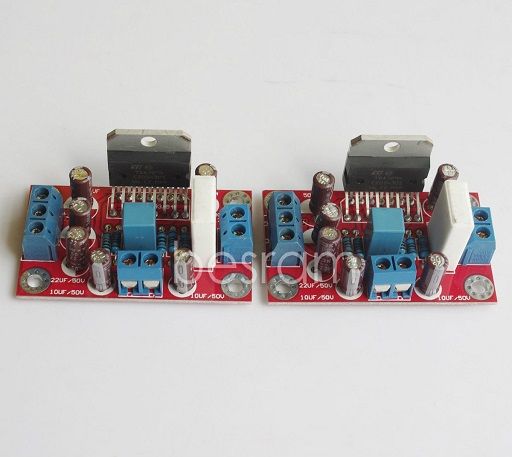

 I’m a Mechanical Engineer by trade ,
I’m a Mechanical Engineer by trade , but interested in the DARK ART of electronics ..
but interested in the DARK ART of electronics .. My system sound great to me and I couldn’t be happier with it even after 8 years ..
My system sound great to me and I couldn’t be happier with it even after 8 years .. 